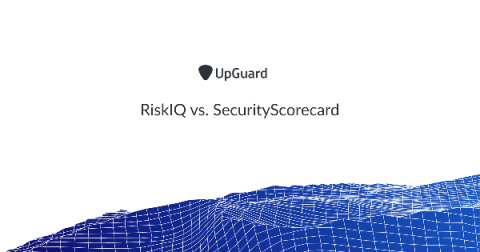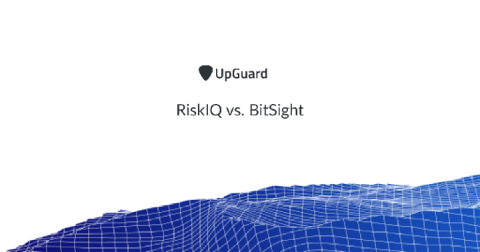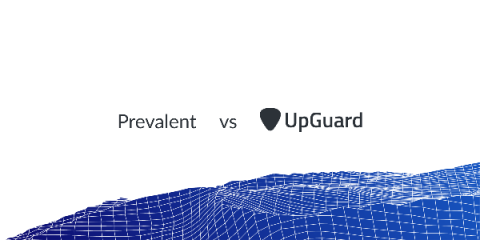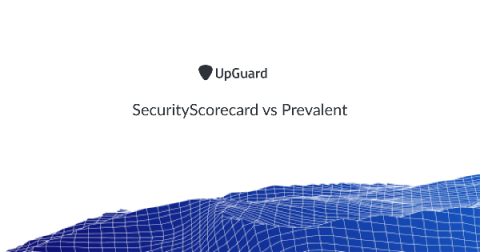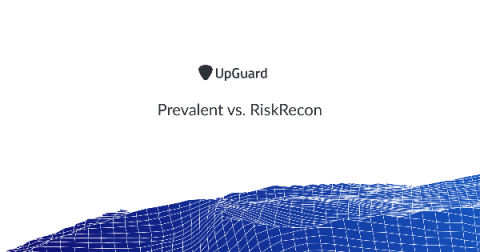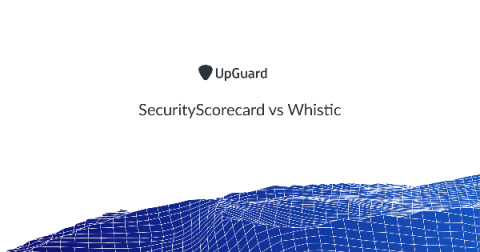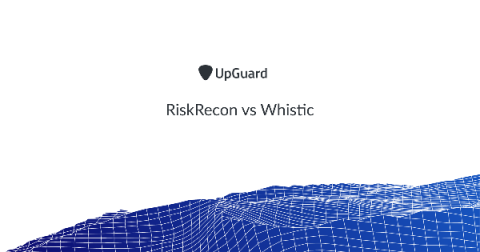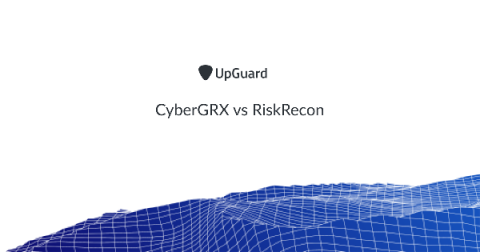NormShield vs. UpGuard Comparison
Every week the news is full of new exposures of protected health information (PHI) and personally identifiable information (PII). These security incidents are not only more common but also more costly. The average cost of a data breach is now nearly $4 million globally and third-party vendors, cyber attacks, and misconfiguration are three of the main culprits.



